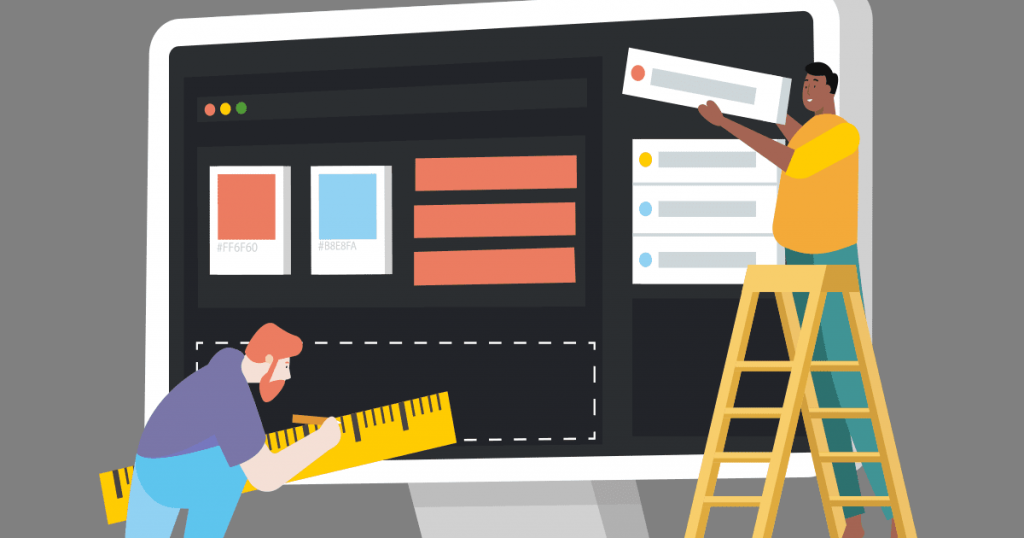
The content on your website is the key to attracting visitors and securing a steady stream of sales. If you can create engaging content on every page of your website and design an attractive user experience, your business’s website will become a destination for consumers. Content and design isn’t just about loading your web pages with links. You have to design what is called ‘sticky’ content. As its name suggests, this can be any online material that your website uses that hold the visitors attention.
How to Create a Sticky Website
Sticky content is closely linked to the rules of E-commerce and your understanding of what motivates your business’s customers to buy. Use the guidance below to help you develop sticky content for your online business.
Flash and Animation
It is no accident that the worlds most successful online businesses have stayed away from making their websites Flash extravaganzas. Animation and video can be used to enhance your website design, but use this carefully and for a targeted user group. Avoid completely Flash based websites as search engines find these hard to index.
Avoid Login Details
Don’t make the first experience of your website a long and complex registration process. There will be plenty of time to collect your visitors’ contact and payment details when they have placed an order. Allow them to freely look at your website and catalogue. If they see something they want to buy, they will gladly fill in your registration form.
Pictures and Graphics
The design of today’s websites means graphics and images. Photography can be used to make the design of your each page on your website as engaging as possible. Images can be links through to product descriptions, or used to enhance your business’s brand. Don’t forget to optimise your images and think about how they will display in the various Internet browsers that are currently in use.
Navigation Matters
One of the most important aspects of a sticky website is how visitors can navigate around its pages. Links are the foundation of your website, but think about how each page presents its content, but then how each page links to every other on your website. If your visitors can easily move around your website they will stay longer, and potentially buy more products or services.
Trolley and Checkout
One of the most important aspects of a sticky website is the trolley and checkout system you use. If the systems you use on your website are intuitive to use, this will hold your visitors on your site. If they know they can quickly and easily buy from your business, they will become loyal customers.
Make Shopping Easy
Once your website has signed up a new customer offer to keep their contact and payment details on your site for future purchases. This makes your website sticky because your customers will know they can shop quickly as they have their payment and delivery details already logged with your website.
Deliver Terms and Costs
It may seem like a relatively unimportant aspect of your website, but delivery details are of great interest and important to the people that visit your online business. If you can design your website to display crystal clear delivery terms and costs, this is a huge bonus and makes your website more sticky as customers know precisely what they are paying.
Fresh Content
The key to a sticky website is new content. Shoppers will come back to your website only if they consistently see new content. If you update the content on your website regularly, and refresh your site design, this will create a desire in your customers to return to your website to see what’s new.
Ultimately a sticky website is one that understands its customers. If your business can understand in intimate detail what motivates its customers this will give you all the information that is required to create sticky content. This will in turn attract customers and hold them on your website long enough for them to make a purchase.

